A PORTFOLIO OF EVENTS TO BRING TOGETHER BUYERS AND SELLERS...
| 2.1. Catalysts/Roundtables |
| 2.2. Competitions |
| 2.3. Major Events |
| 2.1. Catalysts/Roundtables |
| 2.2. Competitions |
| 2.3. Major Events |
Catalysts are frequent, action-oriented events focused on the basic building blocks of a carbon zero district. For specific industries and key players in those industries, visit the industries page.
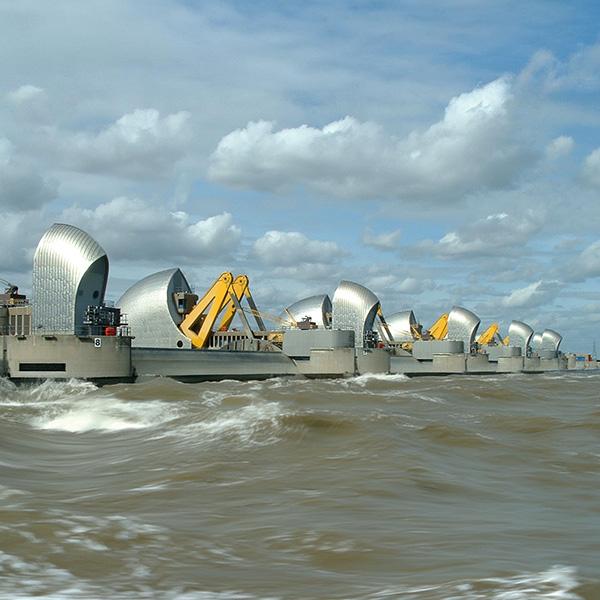
LOWER MANHATTAN COASTAL RESILIENCY PROJECT
The $5-$7 billion Lower Manhattan Coastal Resiliency project raises questions and public concerns as it progresses.
More...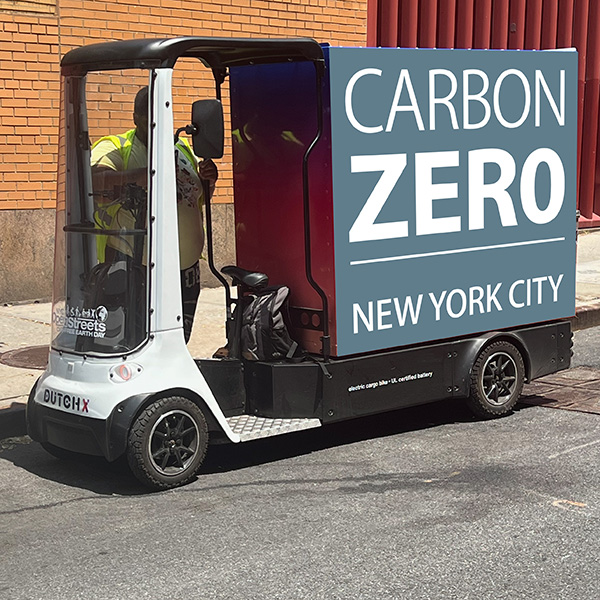
MICRO CARGO WARS, URBAN HUBS AND THE BLUE HIGHWAY
As NYC's package deliveries double in five years, causing increased congestion and pollution, a shift towards sustainable delivery methods like electric cargo bikes and Blue Highway waterway logistics emerges.
More...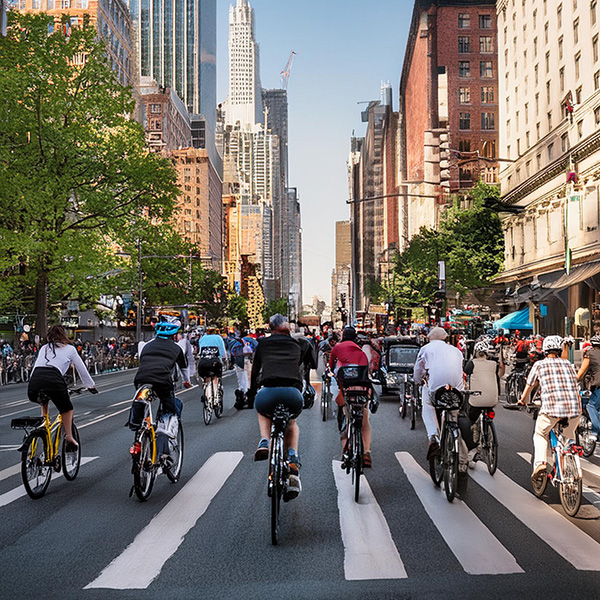
BIKESHARE AND THE MICRO MOBILITY REVOLUTION
Despite Citibike's success, gaps remain in urban shared biking. This session explores technologies to expand micro-mobility's market reach.
More...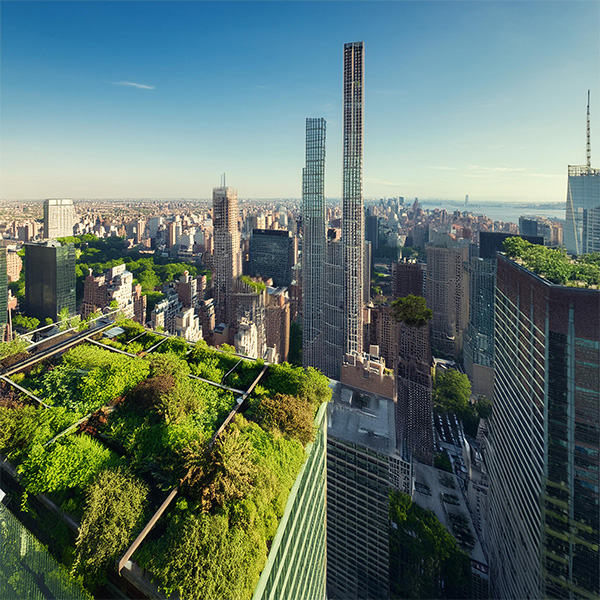
GREEN WAVE
Green Wave provides modular, scalable green infrastructure that reduces costs and installation time. Their solutions enhance carbon capture, energy efficiency, stormwater management, air quality, biodiversity, and waste reuse.
More...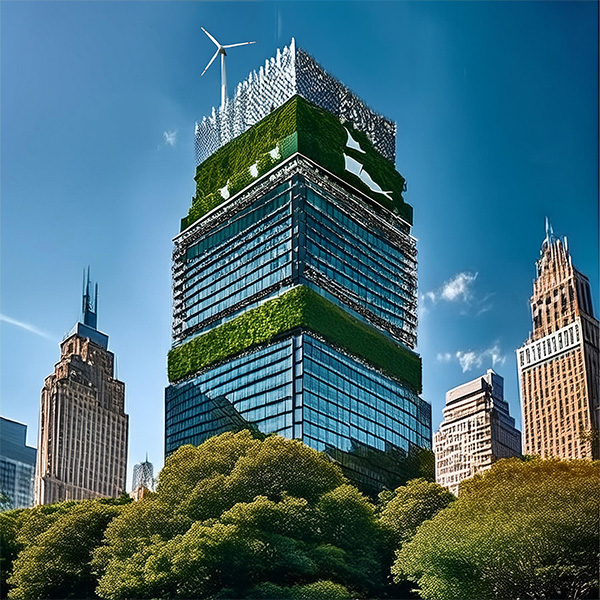
CARBON ZERO BUILDING
Discuss transforming Lower Manhattan with sustainable architectural practices to reduce carbon footprints through innovative design and materials.
More...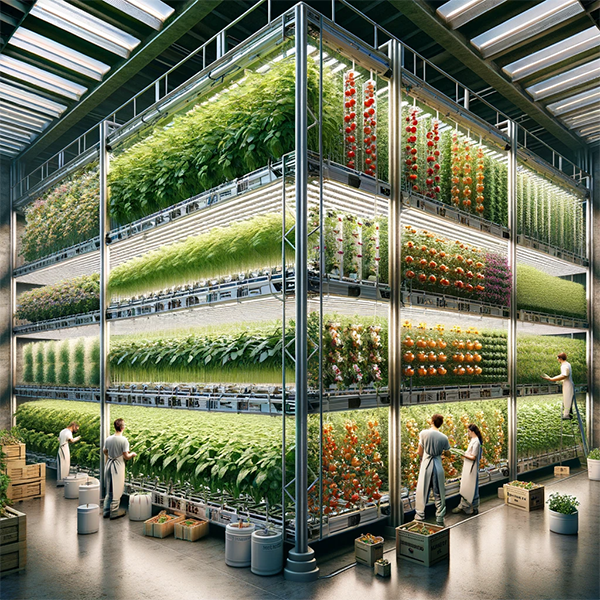
URBAN/VERTICAL AGRICULTURE
Discover how converting urban spaces into vertical farms cuts transportation costs and eliminates crop diseases, enabling year-round cultivation.
More...
WATER INNOVATION
This roundtable tackles pioneering water strategies in NYC’s Financial District, from rainwater harvesting to enhancing urban water resilience.
More...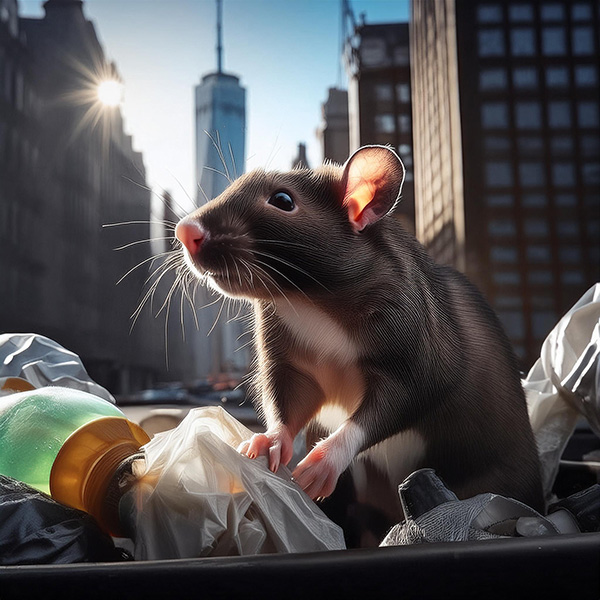
WASTE INNOVATION
Explore groundbreaking waste management in NYC, from waste-to-energy conversions to innovative recycling, turning everyday trash into valuable resources.
More...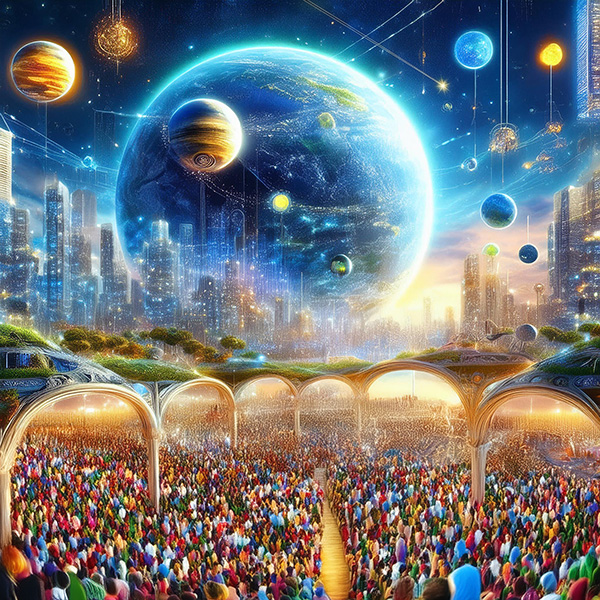
METAVERSE AND URBANISM
The metaverse offers a new platform for urban development, enhancing public engagement and planning through virtual, immersive interactions.
More...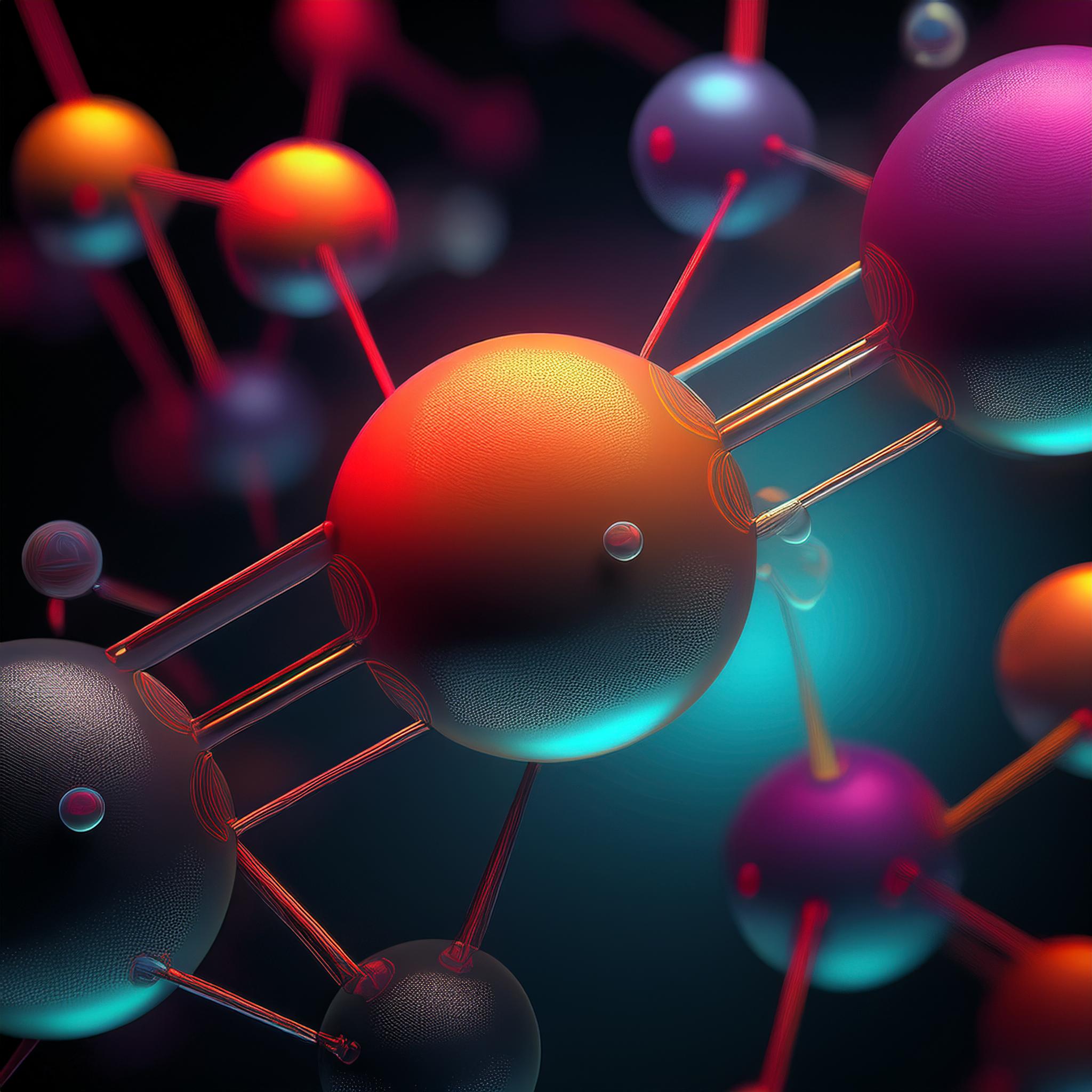
CARBON
Explore the future of urban energy from Thomas Edison's first power plant to today’s push for solar, wind, and hydroelectric innovations in FiDi.
More...
| IDEATION TOPICS |
|---|
The Blue Highway Participants are invited to redefine New York's transportation by using its waterfronts to alleviate street congestion. They will propose innovative cargo transit solutions that capitalize on the city's waterways. |
Urban Hubs Competitors are challenged to transform vacant retail spaces into vibrant urban hubs. They will design multi-functional areas that merge micro-transit, advanced waste management, and essential public services. |
Smart Urban Neighborhoods Contestants imagine neighborhoods enhanced by IoT and AI. They submit proposals for integrating smart technology that uplifts urban life and streamlines commerce. |
Urban Energy Entrants conceive future-ready strategies for solar and renewable energy utilization in NYC. They develop plans that promote sustainability and energy independence in an urban setting. |
Water as the Sixth Borough Participants create visionary projects to activate NYC's waterways as vibrant leisure and ecological spaces. They innovate ways to incorporate nature and recreation into urban water management. |
Pedestrianization of FiDi Designers reimagine the Financial District as a pedestrian haven. They design concepts that address the challenges and benefits of reducing vehicle traffic in densely populated business districts. |
Metaverse and the Economy Innovators explore how merging digital and physical spaces can transform urban economics. They propose ideas that leverage virtual communities to enhance real-world urban environments. |
| NYC WORLD'S FAIRS |
|---|
| Exhibitions of the Industries of All Nations 1853/54, Bryant Park The Crystal Palace, a marvel of glass and iron, captivated 1.5 million visitors, marking the industrial age's advent. Elisha Otis's live demonstration of his safety elevator, by cutting its only support rope, became a landmark event, heralding the era of skyscrapers. |
| Building the World of Tomorrow 1939/40, Flushing Meadows, Queens Amidst the Great Depression and the onset of WWII, this fair presented a vision of hope with its 45 million visitors. The Perisphere's "Democracity" exhibit, a utopian city model, showcased a future harmonized by technology and urban planning. |
| Peace Through Understanding 1964/65, Flushing Meadows, Queens GM's "Futurama II" envisioned the future of transportation with self-driving cars. The IBM Pavilion introduced early computer technology, and the Ford Mustang's launch set a new standard in automotive design. The Unisphere and "It's a Small World" promoted global unity, attracting 51 million visitors. |
| Carbon Zero City 202?, Financial District Aiming to transform FiDi into a model for carbon neutrality, this envisioned fair focuses on showcasing sustainable urban solutions, from micro-transportation to green buildings. Projecting 5 million physical and 45 million virtual visitors, it seeks to redefine urban living for a sustainable future. |
The 1964 World's Fair in Corona Park included an "Industrial Area." This section featured pavilions from many major corporations, showcasing their latest products, technological advancements, and visions for the future. Some of the notable industry pavilions included General Motors, Ford, RCA, IBM and AT&T among others. Inventropolis in FiDi will be similar, with specific industries in specific buildings.
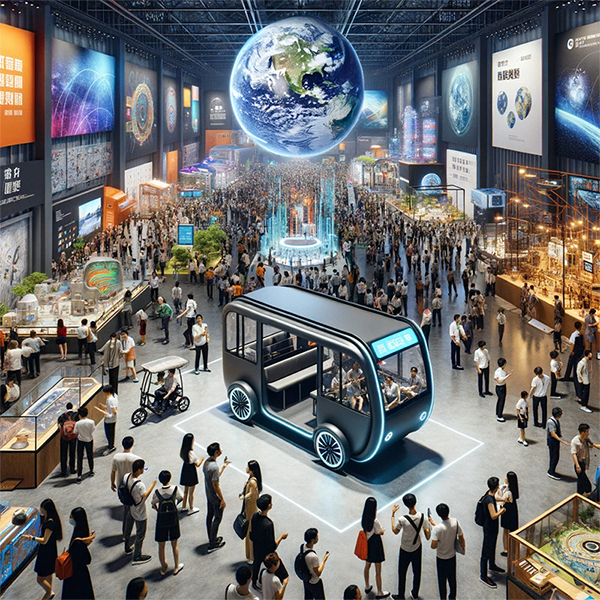
Transportation Exhibit — Journey through the past, present, and future of urban transit.
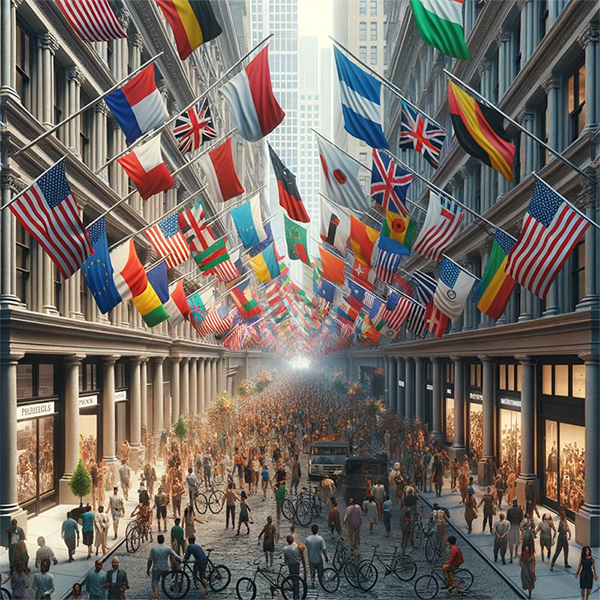
Street Fair — Dive into NYC's dynamic street culture with crafts and performances.
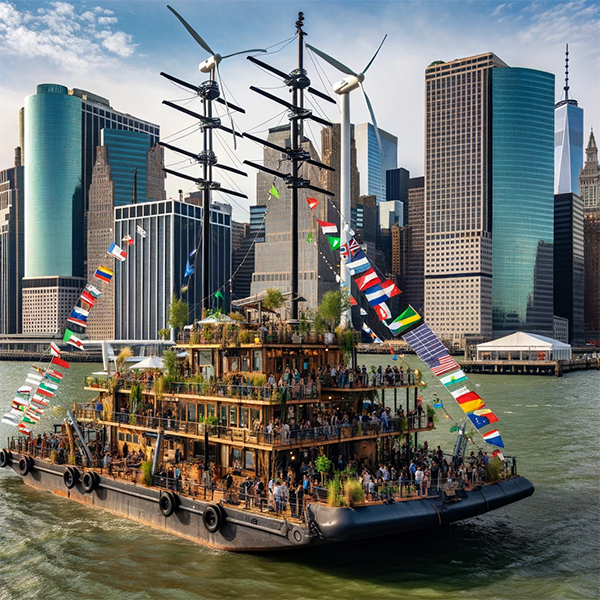
Wind Powered Ferries — Experience sustainable ferry travel powered by the wind.
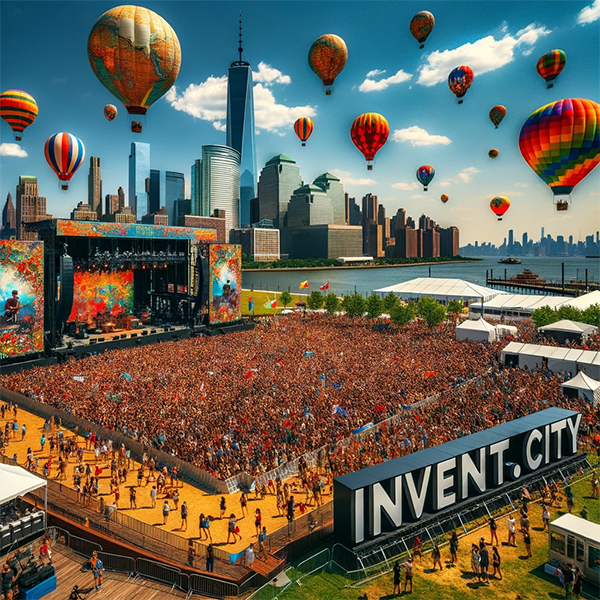
Concerts — Enjoy live music against the scenic Liberty State Park backdrop.
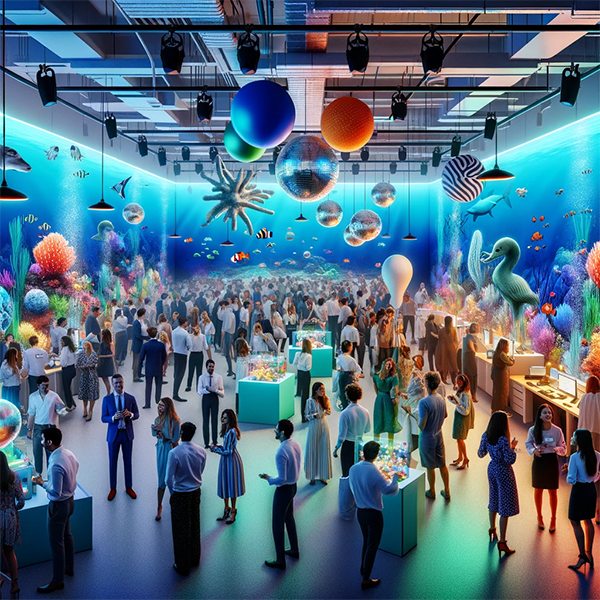
Ocean and Water Exhibit — Explore water's crucial role in ecosystems and conservation.
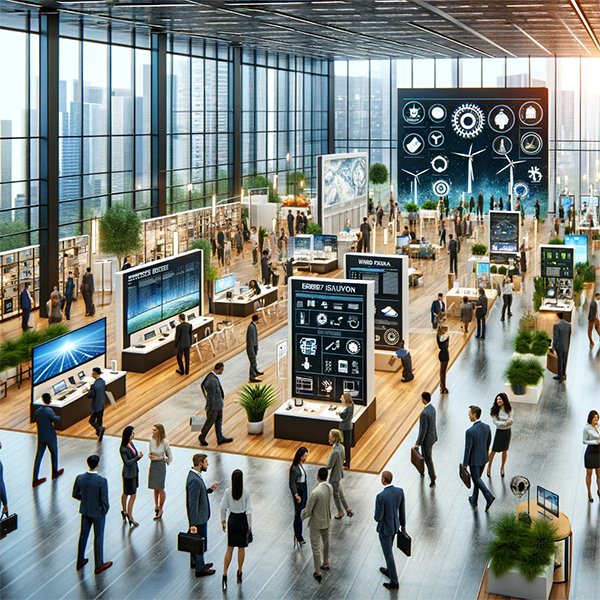
Energy Innovation Exhibit — Uncover the future of sustainable energy technologies.
Tourists will attend the Carbon Zero City micro, urban world's fair to learn about the future, and for entertainment value. Carbon Zero City will be an urban EPCOT Center for the 22n-century showing the potential of human creativity to address the climate crisis. It will also highlight the dystopian world caused by inaction.
| WORLD'S FAIR ATTRACTIONS |
|---|
| See innovation before in market |
| Explore future cities in metaverse |
| Play futuristic interactive games |
| Cultural Exchange |
| Experience innovative exhibitions |
| Entertainment and Performances |
| Unique Souvenirs and Products |
| Networking and Global Unity |
| Recreational Activities |
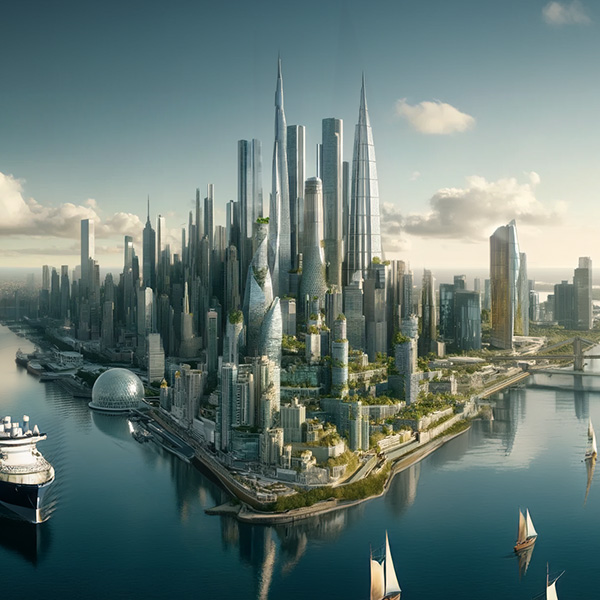
NEW YORK CITY IN 2100
It's become a symbol of what humanity can achieve when it commits to sustainability, innovation, and equality. It's a city that respects its environment, cherishes its communities, and embraces the future with optimism and purpose.
| BUSINESS BENEFITS OF A WORLD'S FAIR |
|---|
| Learn about market-ready innovation. |
| Discover upcoming innovative solutions. |
| Network with possible suppliers/partners. |
| Industry + technology insights |
| Connect with potential investors. |
| Explore industry collaboration opportunities. |
| Engage via interactive exhibits. |
| Market Expansion |
| Brand Visibility and Promotion |
| Cultural Understanding |
| Market Research |
| Strengthen Customer Relationships |
| Media and Publicity |
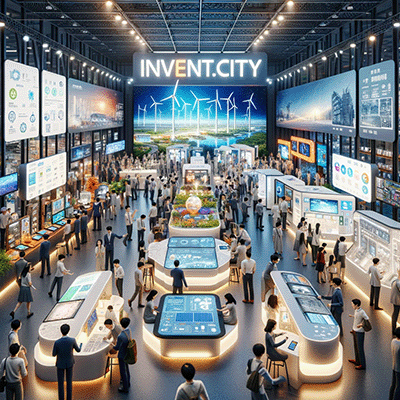
A PAVILION ON ENERGY
It has become a symbol of what humanity can achieve when it commits to sustainability, innovation, and equality. It's a city that respects its environment, cherishes its communities, and embraces the future with optimism and purpose.
| THE GREAT EXHIBITION London, 1851 Industry Of All Nations Innovations: The Crystal Palace (a massive iron and glass structure), early telegraph systems, industrial machinery. |
| NEW YORK CRYSTAL PALACE EXHIBITION New York, 1853 Display Of Industry And Technology . Innovations: The Latting Observatory (a wooden tower taller than the Washington Monument at the time), early telegraph systems, and a precursor to the elevator. |
| CENTENTIAL EXPOSITION Philadelphia, 1876 Celebrating The U.S.'s 100th Birthday. Innovations: The telephone by Alexander Graham Bell, the typewriter, and Heinz Ketchup. |
| EXPOSITION UNIVERSELLE Paris, 1889 Celebration Of The French Revolution. Innovations: The Eiffel Tower, early versions of the phonograph. |
| WORLD'S COLUMBIAN EXPOSITION (Chicago, 1893) Theme: 400th Anniversary Of Columbus's Arrival In The New World. Innovations: The Ferris wheel, moving walkway, early dishwasher. |
| PAN AMERICAN EXPOSITION Buffalo, 1901 Theme: Advances In Electricity And Technology. Innovations: Electric lighting displays, early X-ray machines. |
| LOUISIANA PURCHASE EXPOSITION St. Louis, 1904 Theme: Celebrating The Centenary Of The Louisiana Purchase. Innovations: Introduction of the ice cream cone, electric typewriter. |
| EXPOSITION INTERNATIONALE DES ARTS DÉCORATIFS ET INDUSTRIELS MODERNES Paris, 1925 Theme: Modern Decorative And Industrial Arts. Innovations: Art Deco design style, which was named after this exposition. |
| 1939 NEW YORK WORLD'S FAIR New York, 1939-40 Theme:The World Of Tomorrow. Innovations: The television, Futurama (an exhibit visualizing the world of 1960), early robots. |
| 1964/65 NEW YORK'S WORLD'S FAIR New York, 1964-65 Theme:Peace Through Understanding. Innovations: The Ford Mustang was introduced, a model of a futuristic moon colony, the Unisphere (a 12-story high model of the Earth), IBM showcased a computer that could draw illustrations, early video phone demonstrations, and Disney introduced "It's a Small World" and audio-animatronics shows. |
| EXPO '67 Montreal, 1967 Theme: Man And His World. Innovations: Habitat 67 (a model community housing project), IMAX film format. |
| EXPO '70 Osaka, 1970 Theme:Progress And Harmony For Mankind. Innovations: Early mobile phones, local area networking technology. |
| SEVILLE EXPO Seville, 1992 Theme: The Age Of Discovery. Innovations: High-speed train linking Madrid to Seville, advanced pavilion designs using new materials. |
| SHANGHAI EXPO Shanghai, 2010 Theme: Better City, Better Life. Innovations: Sustainable urban planning and design concepts, Maglev train technology. |
Sign up for a biweekly newsletter (on Mondays). Topics will include key issues in NYC, and specific industries.